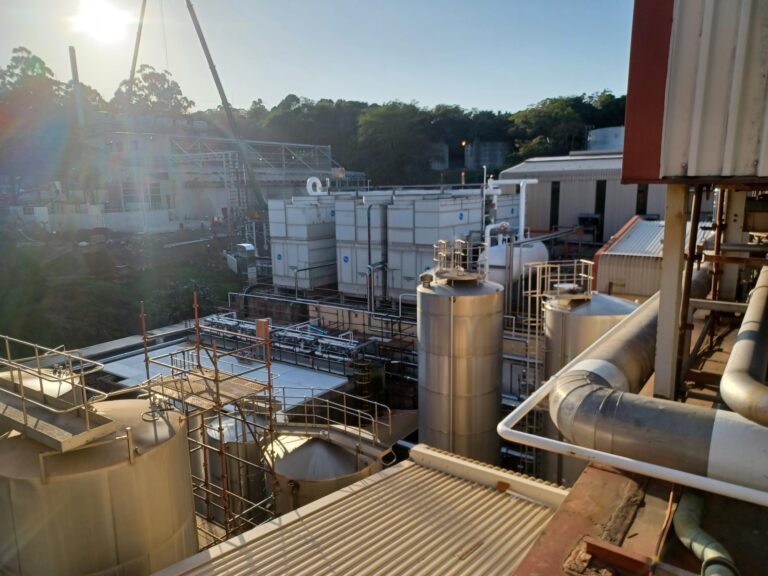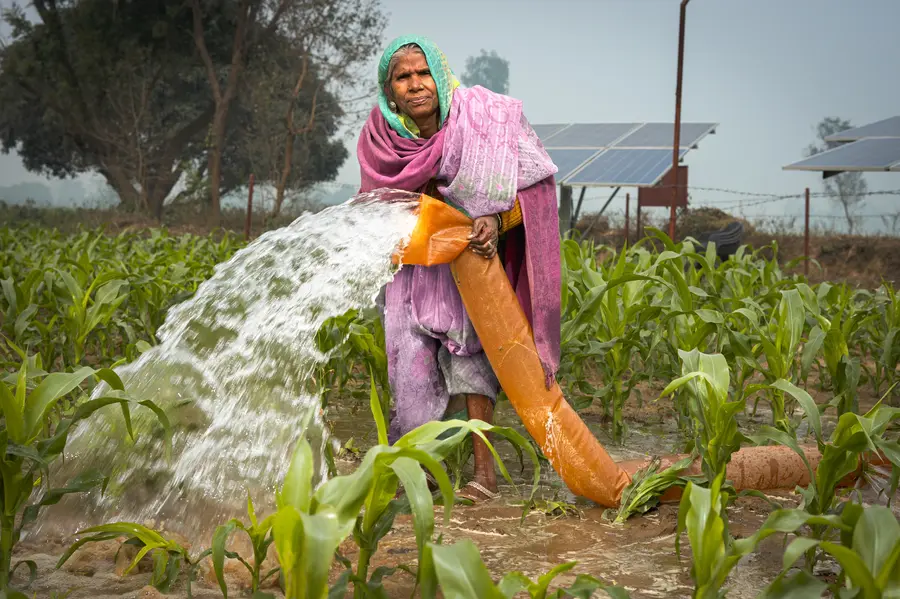Clover, the largest dairy company in South Africa, is conducting a vast upgrading plan of its facilities across the country particularly emphasising their refrigeration systems. Its Queensburgh site is piloting Cooling-as-a-Service with results above forecasts.
Background
124 years old, Clover is the largest dairy company in South Africa, holding 30% of the country’s market shares. Its Queensburgh facility is one of its main production centres, but with a refrigeration system at its end-of-life, using outdated technology and unable to face the new production load resulting from the consolidation of various facilities into Queensburgh, its improvement constitutes the largest single CaaS investment Energy Partners Refrigeration (EPR) has made since adopting the servitisation approach.
Project Information
Announced in June 2021, the planned upgrade of the cooling structure featuring a new, state-of-the-art 10MW ammonia system, is part of a wider consolidation program, Project Sencillo, by Clover to consolidate its manufacturing facilities in the country (a case study presenting the start of the project in June 2021 is available here).
At the project’s signature, the Queensburgh facility project was estimated to increase the plant Coefficient of Performance by 30% compared to the baseline, but the actual results already exceed the forecasts.
As a dynamic member of the CaaS Initiative, Energy Partners Refrigeration, a South African technology provider, is a key player in deploying as-a-service cooling solutions in the region.
Energy Partners’ pay-per-use model enables clients to benefit from the most efficient refrigeration equipment without the usual large upfront investment cost required with acquiring it, allowing them to drastically reduce their environmental footprints without the financial burden while enhancing their profitability.
Benefits
16% Of all the electricity used by the new system is generated by solar PV on its own saving greenhouse gas (GHG) emissions of 2100 tons/year, Efficiency gains and hot water recovery from the refrigeration system adds a further 4,470 tons/year.






